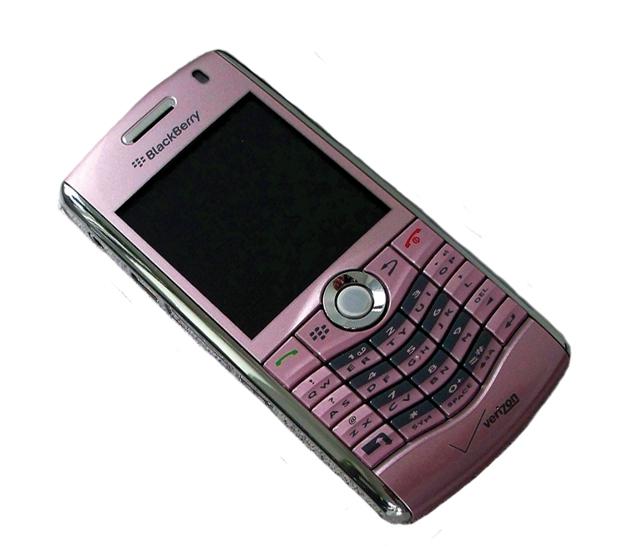BlackBerry isn’t trying to kill the iPad
Courtesy photo: Scott Miller/Flickr
Opinion –
October 18, 2010
These days, if Apple is doing it, then everyone else follows suit. Apple releases a tablet, everyone starts developing a tablet.
Ten months later, and they’re here. HP has its Slate in the works, Samsung is releasing its Galaxy S Tablet, and now BlackBerry — RIM — has its new tablet dubbed the PlayBook. What exactly does RIM have up its sleeve to take down Apple with the iPad? And not to mention, who even needs these tablets to begin with?
Here’s the thing, tablets aren’t new. They’ve been around for ages as in computer time with modern versions of tablets going back to 2002 with Microsoft Windows XP Tablet PC Edition. Why then, has it taken eight years for these things to really take off?
It goes back to the age-old discussion of Mac vs. PC. PC had the latest and greatest technology, but it didn’t take off until Apple got its hands on it and threw a bucket of marketing money at it.
Yes, I know Apple developed the first tablet, the Newton in 1984, but that doesn’t count as a modern tablet, and its success or failure is for a different article entirely.
Apple has created its version of the tablet PC in the iPad, and it was an instant success with more than 3 million sold, mostly due to its ease of use and its huge catalog of applications.
But who really needs a tablet? Doctors, writers, designers and engineers need tablets. Who is actually buying tablets? Kids, geeks and old people. This is because Apple has created a niche device that “bridges the gap” between the smart phone and a laptop.
This new generation of tablets doesn’t use the stylus like the previous era. This limits the device’s functionality to being a consumption-only device rather than a creative one. You can write a novel on your laptop, you can read it on your iPad. Yes, you can write documents on your iPad, but why would you? The iPad is for playing Angry Birds, watching Netflix and Facebooking.
RIM and other companies have been working nonstop to release their own version of the iPad. What do all of these devices have in common? They all have displays ranging from 7 to 11 inches, touch screens without styluses, and are attached to carriers.
The price of these new tablets is outrageously high, so manufacturers are teaming up with carriers to subsidize the price. So what does that mean?
You can buy a brand new BlackBerry Playbook for the low price of $199, and have to pay for its data plan for the next two years, paying for the device more than twice over. In two years, Blackberry will have more than likely released two more models, better and faster than yours.
Oh, the frustration. Luckily for iPad fans, Apple with AT&T runs its data plans on a monthly basis.
The new BlackBerry Playbook has no release date, no price and no confirmation as to what operating system it will run. None of this really matters. BlackBerry made a device to complement its lineup of mobile products, not to be an iPad killer.
The company is doing its best to stay competitive in the smart-phone business. Its clientele isn’t you and me, but rather large corporations who can buy thousands of BlackBerrys and now they can buy a tablet, too. BlackBerry is just doing its best to appeal to their needs, even if that means entering the tablet market
The company doesn’t want to compete with Apple. It makes tools, not toys, and that is the biggest difference of all.







